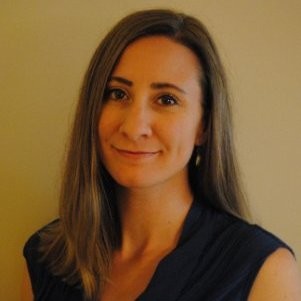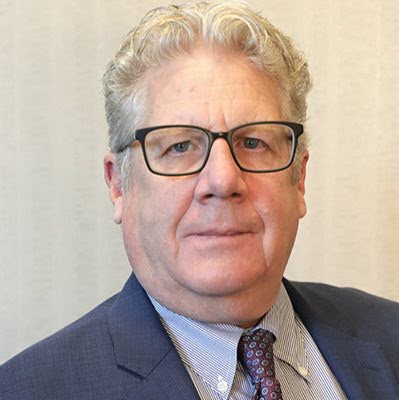Relief programs available for Home Equity Conversion Mortgage (HECM) borrowers impacted by the volatile economic environment and the COVID-19 coronavirus pandemic have several options of relief available to them but are not using such programs enough for several reasons including an understanding of the program mechanisms by the constituency of reverse mortgage borrowers.
Additionally, the National Reverse Mortgage Lenders Association (NRMLA) currently estimates that total 2022 fiscal year HECM endorsements will sit at around 60,000 units, with HECM-to-HECM (H2H) refinances making up a sizable portion of the total volume according to a presentation by the association’s president during a meeting of the HUD Housing Counseling Federal Advisory Committee held in August.
HAF programs: beneficial for reverse mortgage borrowers
The Homeowners Assistance Fund (HAF) program, which went into effect with the 2021 passage of the American Rescue Plan Act signed into law by President Joe Biden and which is available across the country, has the potential to seriously impact the number of reverse mortgage borrowers who may be facing foreclosure due to unpaid property charges.
However, not enough people seem to be aware of the programs’ application to HECM borrowers according to Sarah Bolling Mancini, staff attorney with the National Consumer Law Center and a reverse mortgage subject matter expert, following up on an earlier discussion at the meeting regarding property charge defaults.

“These HAF programs in all of the states and territories and tribal lands can play a very important role in helping reverse mortgage borrowers who have fallen behind on their property charges, especially the ones that have fallen behind during the pandemic,” she explained. “So, that’s an important source, but it is not going to be a silver bullet, unfortunately, for a number of reasons.”
Some of those reasons include the fact that certain states have closed their online application portals for HAF relief because they expect that the allocated money has already been exhausted. The barriers also exist among states which still offer HAF relief applications since many do not adequately publicize the qualification of reverse mortgage borrowers, and the entirely online process of a HAF application may also serve as a barrier for reverse mortgage borrowers who were at least age 62 at the time their loan was originated.
“HAF is not going to entirely solve this problem,” she said. “But we do especially want our housing counseling community to tell people about HAF. And if you interact with a reverse mortgage borrower who’s at risk of foreclosure, you should think of HAF. This is one of the most important things I wanted to convey is that that is an important solution.”
NCLC has worked in conjunction with NRMLA to create literature explaining the availability of these programs to reverse mortgage borrowers, and Mancini also discussed efforts undertaken by agencies including the U.S. Department of the Treasury to inform borrowers of “non-traditional mortgage products” like HECMs that they can qualify for HAF funds.
“And almost all states have said that reverse mortgage borrowers are eligible for HAF,” she said. “There are a very small number that initially did not include reverse mortgages, and we’ve been advocating and getting progress. And we’re almost all the way there with all 50 states.”
Industry volume in 2022
Also speaking during the meeting was Steve Irwin, president of NRMLA, who provided the committee with an update on some of the broader reverse mortgage industry trends the association has observed as well as information about other kinds of products in the marketplace. When mentioning industry volume, Irwin discussed the Reverse Mortgage Market Index (RMMI), a measurement of senior-held home equity conducted quarterly by NRMLA and data analytics firm RiskSpan.

“The NRMLA/RiskSpan Reverse Mortgage Market Index rose in Q1 2022 to 388.83, which is another all-time high since this index was first published in the year 2000,” Irwin said. “The increase in older homeowners’ housing wealth was mainly driven by an estimated 4.4% or $563 billion increase in home value, which was then offset by a 2.06 or $43 billion increase in senior-held mortgage debt.”
The past three years have also brought about a steady increase in the number of HECM endorsements per year, Irwin explained.
“We anticipate some 60,000 HECM endorsements in HUD and FHA’s fiscal year 2022, with HECM-to-HECM refinance representing a significant proportion of the endorsement activity,” Irwin said. “And the HECM for Purchase […] has been holding steady at a narrow 5-6% portion of HECM endorsement activity. There have been over 1.2 million HECMs endorsed since the start of the program, and there are some just over 580,000 FHA-insured HECMs still in force, not paid.”
If FY 2022 HECM endorsements manage to reach at least 59,000 units, that will be the highest recorded annual total since FY 2013 which recorded 60,091 endorsements. That year pre-dated several notable products and regulatory changes introduced regularly since 2014, however.
Reverse mortgage trends, private products
Irwin also shared with the committee other industry trends NRMLA has observed, including that the average age of a reverse mortgage borrower has been stable at around 74 years of age. 36% of HECM borrowers are single women, 20% are single men, and 41% have multiple borrowers primarily in the form of married couples.
Irwin also briefed the committee on the existence of proprietary reverse mortgage products which can change some of the borrower dynamics when directly compared with HECM offerings, such as product that have a minimum age requirement of 55 as opposed to age 62 with the HECM.
“There are 10 different private label products that I’m aware of in the marketplace today, which have loan limits up to $6 million,” he said. “These are really more than just a jumbo product, and they oftentimes serve to fill gaps where the FHA-insured HECM product might not work out best for the senior homeowner.”



